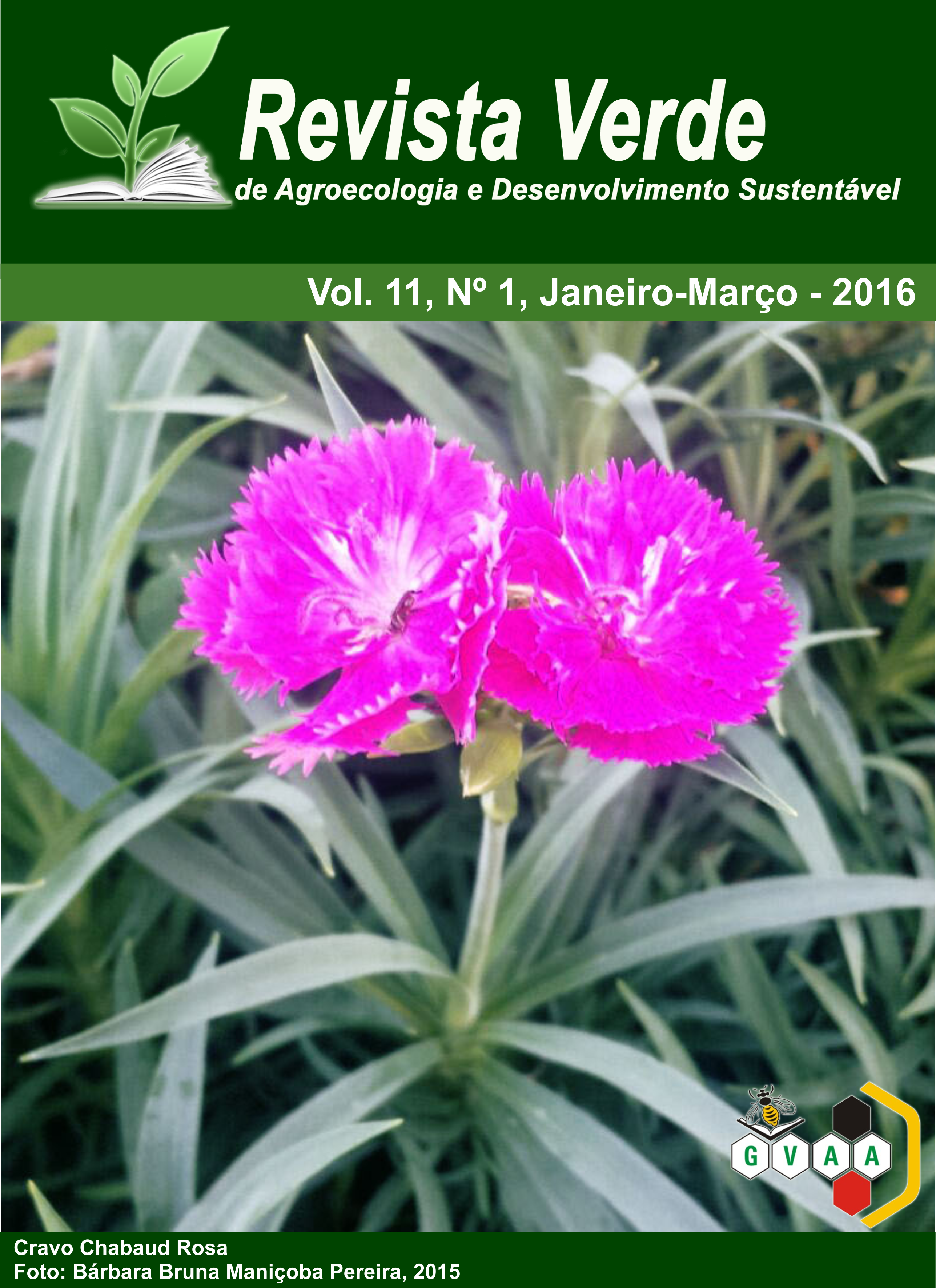Modelagem matemática para a descrição da cinética de secagem do fruto da palma (Opuntia fícus indica)
DOI:
https://doi.org/10.18378/rvads.v11i1.3897Keywords:
Fruto da palma, Temperatura de Secagem, Espessura da Camada, Modelos MatemáticosAbstract
O presente trabalho teve como objetivo estudar a secagem em camada fina do fruto da palma (Opuntia fícus indica) nas temperaturas de 50, 60 e 70 °C em estufa com circulação forçada de ar. Foram empregados os modelos matemáticos de Aproximação da difusão, Logaritmico, Midilli e Page. Como critério de avaliação utilizou-se o coeficiente de determinação e o desvio quadrático médio (). Mediante os resultados obtidos observou-se que o aumento da temperatura diminuiu o tempo de secagem do fruto. Dentre os modelos aplicados o Logarítmico apresentou os maiores valores de coeficiente de determinação R² e os menores valores de DQM para a faixa de temperatura e espessura estudadas.
Mathematical modeling for description of the pulp drying kinetics of palm fruit (Opuntia fícus indica)
Abstract: This work was developed with the aimed of to study ing the thin layer drying of palm fruit pulp oiti at temperatures of 122, 140 and 158 °Fahrenheit in an oven with forced air circulation. For the representation of the drying kinetics of thin-layer were used mathematical models of the diffusion approximation, logarithmic, and Midilli Kucuk and Page, and as a criterion for evaluating these we used the coefficient of determination and the deviation quadratic mean (DQM). From tThe results obtained showed that the increase in temperature decreases the drying time of the palm fruit. Among the models applied to Logarithmic the had the highest R2 values and lower values of DQM for the temperature and layer thickness range studied.











